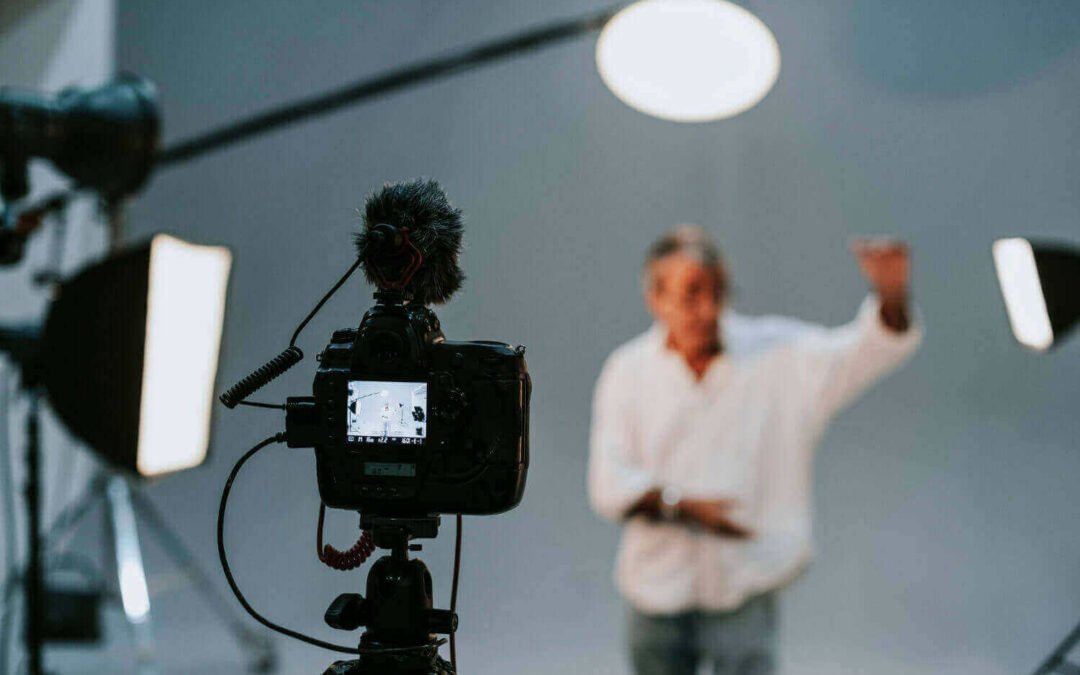Video production is the methodical process of creating video content, a dynamic fusion of artistic vision and technical execution that brings stories and messages to life on screen. Far more than simply recording, it is a structured discipline encompassing everything from an initial strategic concept to the final distributed product viewed by an audience. [1][2] This process is the engine behind films, corporate communications, advertising, and the vast ocean of digital content that defines modern media consumption. [3] Its success hinges on a well-coordinated collaboration between a team of skilled professionals, each contributing specialized expertise to a unified creative goal. [4][5] In an era where video is projected to account for the vast majority of all internet traffic, understanding the intricacies of its production is not just a matter for filmmakers but a strategic imperative for businesses and communicators worldwide. [6][7] The production journey is universally segmented into distinct, interdependent stages, ensuring that a project moves from abstract idea to polished reality in a controlled, efficient, and creatively coherent manner. [8][9]
The Blueprint: Strategy and Pre-Production
The foundation of any successful video project is laid long before a camera starts rolling. The initial phases of strategy and pre-production are the most critical, as they establish the “why” and “how” of the entire endeavor, creating a detailed blueprint that prevents costly errors and ensures a smooth production. [10] This stage begins with strategy and development, where the core objectives are defined: What is the video’s purpose? Who is the target audience? What is the central message? [1][2] Once the strategy is set, the pre-production phase translates these goals into an actionable plan. [8] This is a meticulous logistical and creative planning process that involves writing a detailed script, which serves as the narrative backbone, and creating a storyboard—a visual, scene-by-scene representation that guides the director and cinematographer. [7][11] Concurrently, the producer and production manager tackle budgeting, scheduling, location scouting, and assembling the necessary crew and cast. [4][10] Every detail, from securing filming permits to preparing all necessary equipment like cameras, lenses, and lighting, is meticulously organized to iron out potential issues before the high-pressure environment of the shoot begins. [12][13] This rigorous preparation is what makes the subsequent production phase a formality of execution rather than a chaotic scramble. [1]
The Execution: Production and Technical Artistry
The production phase is where the blueprint from pre-production is brought to life. [8] It is the physical act of capturing all the visual and auditory elements as planned. [11] This stage is a symphony of technical artistry, led by the director, who guides the creative vision, and the cinematographer (or Director of Photography), who is responsible for “painting with light” and capturing the visual essence of the story. [4][14] A deep understanding of technical elements is paramount. Cinematography involves deliberate choices in camera operation—including aperture, shutter speed, and ISO settings—as well as shot composition and camera movement to evoke specific moods and perspectives. [14][15] Lighting is another crucial component; it is not merely about illumination but about sculpting the scene to create atmosphere and direct the viewer’s focus. [15][16] The standard three-point lighting setup, consisting of a key light, fill light, and back light, is a foundational technique used to create depth and a professional look. [16][17] Simultaneously, the sound engineer focuses on capturing pristine audio, as clear dialogue and sound are as vital as the visuals for an immersive experience. [5][18] Every member of the on-set crew, from the gaffer managing lighting to the production assistants handling logistics, works in concert to execute the shot list meticulously, ensuring all necessary footage is captured to the highest standard. [4][11]
The Polish: Post-Production and Distribution
Once filming wraps, the project enters post-production, a transformative stage where raw footage is meticulously refined into a polished, cohesive final product. [19][20] This intricate process is where the story, paced and structured, truly takes shape. The video editor assembles the best takes, weaving together scenes to create a compelling narrative flow. [6][18] This involves not just cutting shots but also employing techniques like J-cuts and L-cuts to create seamless audio-visual transitions. [21] Following the initial edit, the post-production team undertakes several enhancement processes. Color correction and grading are applied to ensure visual consistency and to establish a specific aesthetic or mood. [9][19] Sound designers and mixers clean up dialogue, add music and sound effects, and balance all audio elements to create an immersive soundscape. [20][21] Visual effects (VFX) artists may be brought in to create imagery that would be impossible or impractical to film in reality. [18] Finally, graphics, titles, and captions are added before a final review and export. [6][19] The journey concludes with distribution, a strategic plan to deliver the finished video to its intended audience. [2][8] This can involve uploading to platforms like YouTube, sharing across social media, broadcasting, or featuring it on a corporate website, with content often tailored and optimized for the specific format and audience of each channel. [22][23]



